Venezuela has announced a large-scale mobilisation of its armed forces as a standoff with the United States in the Caribbean is looking increasingly probable.
The announcement, made by Defence Minister Vladimir Padrino López, follows the arrival of multiple US naval strike groups, fighter aircraft, and thousands of troops in the region.
While Washington has described its operations as part of a campaign against drug trafficking, Caracas believes the build-up signals a direct threat to its sovereignty and government.
The Venezuelan government has ordered what it terms a “massive mobilisation” of military resources — including land, air, and naval units — in response to what it calls an “imperialist threat.”
What we know about Venezuela’s nationwide mobilisation
According to López, the exercises, which involve the country’s regular forces and the Bolivarian Militia, will run through the week as part of a comprehensive defence plan.
The Bolivarian Militia — a reserve force made up largely of civilians — was originally created by the late President Hugo Chávez and named in honour of Simón Bolívar, the revolutionary figure who helped secure Latin American independence from Spain.
Padrino López said the directive for the current mobilisation came directly from President Nicolás Maduro, with the goal of enhancing “command, control and communications” across all military units and ensuring the defence of Venezuela.
The initiative forms part of Maduro’s broader “Independence Plan 200,” which seeks to integrate professional soldiers, police forces, and citizen militias into a coordinated national defence framework.
Venezuela’s conventional armed forces — officially the Bolivarian National Armed Forces — consist of around 123,000 personnel, while the government claims to have mobilised more than 8 million militia members.
Experts, however, have questioned both the accuracy of these figures and the level of preparedness among civilian volunteers.
The move comes as the United States continues to expand its military presence in the Caribbean Sea.
Earlier this week, the US Navy confirmed that the aircraft carrier USS Gerald R. Ford, the largest warship in its fleet, had entered the US Southern Command area of operations, which covers much of Latin America.
The ship’s arrival marks a significant reinforcement of American capabilities in the region.
How the US military is building up in the Caribbean
The decision to reposition the Ford and its strike group came at the direction of US Defence Secretary Pete Hegseth, who ordered the deployment from Europe to the Caribbean late last month.
The carrier group includes nine air squadrons, two Arleigh Burke-class guided missile destroyers — the USS Bainbridge and USS Mahan — as well as the integrated air and missile defense command ship USS Winston S Churchill.
In total, the group brings more than 4,000 sailors to the area.
Before the Ford’s arrival, a substantial portion of US naval assets was already operating in the Caribbean.
The deployment includes the Iwo Jima Amphibious Ready Group, the 22nd Marine Expeditionary Unit, three guided-missile destroyers, an attack submarine, a special operations ship, and a guided missile cruiser.
The US has also deployed reconnaissance aircraft, including P-8 Poseidons, to monitor regional activity.
In Puerto Rico, the United States has stationed roughly 5,000 troops, along with 10 F-35 fighter jets and three MQ-9 Reaper drones, which have been photographed at the Aguadilla airbase.
Washington says these forces are part of ongoing counter-narcotics operations, but Venezuelan officials view them as preparations for a potential military intervention.
Altogether, there are estimated to be about 15,000 American personnel positioned across the Caribbean, supported by advanced air, naval, and intelligence assets. The US military has also conducted several aerial maneuvers near Venezuelan airspace, including bomber exercises along the coast in late October.
The United States government has maintained that its operations are primarily focused on disrupting drug smuggling routes into North America.
Officials cite recent naval actions against suspected drug-trafficking vessels, including 19 strikes that have reportedly killed at least 76 individuals across the Caribbean and Latin American waters.
Venezuela, however, has accused Washington of using counter-narcotics enforcement as a cover for coercive regime change. Some US officials have privately acknowledged that the broader policy objective includes pressure to remove Maduro from office.
US President Donald Trump recently stated that he had authorised CIA operations in Venezuela, while suggesting that military strikes were under consideration, though officials later clarified that no such attacks were planned.
What Venezuela is actually planning
Amid fears of possible US action, the Venezuelan government appears to be preparing for asymmetric warfare rather than direct confrontation.
Planning documents and sources familiar with military strategy, cited by Reuters, indicate that Caracas has adopted two complementary approaches: “prolonged resistance” and “anarchisation.”
The first strategy involves small units stationed across more than 280 locations that would carry out ambushes, sabotage, and guerrilla operations if attacked. These tactics are designed to frustrate a technologically superior adversary through attrition and disruption.
The second approach, known as “anarchisation,” would rely on intelligence networks and pro-government civilian groups to create disorder in urban centres, particularly the capital, Caracas.
The aim would be to make the country unmanageable for any occupying force by spreading unrest and paralysing governance structures.
Although both strategies have been mentioned in Venezuelan state broadcasts, the government has provided few operational details.
“We wouldn’t last two hours in a conventional war,” one source close to the government told Reuters, pointing out the difficulty of defending against one of the world’s best-equipped militaries.
Another source added, “We’re not ready to face one of the world’s most powerful and well-trained armies.”
Despite these acknowledgments, official rhetoric has focused on national unity and defiance. “They think that with a bombing they’ll end everything. Here in this country?” Interior Minister Diosdado Cabello said on state television earlier this month.
López echoed this tone, saying, “The aggression will be responded to with national unity. We are ready here, we don’t want war.”
How the Venezuelan military is under strain
Venezuela’s armed forces continue to grapple with shortages, low pay, and outdated hardware.
Several military insiders have reported that local commanders must sometimes negotiate directly with regional food producers to sustain their troops, as state logistics fail to meet even basic needs.
A Venezuelan soldier currently earns the equivalent of about $100 per month, according to data from the Venezuelan Teachers Federation’s Center for Documentation and Social Analysis — well below the estimated $500 monthly cost of a minimal food basket.
Poor conditions have raised fears of desertions in the event of a large-scale conflict.
Maduro has maintained military loyalty through the same method employed by his predecessor, Hugo Chávez: placing senior officers in key political and economic roles.
Many hold posts as ministers or heads of state-run enterprises, securing their alignment with the ruling party.
The military high command backed Maduro’s 2024 re-election despite extensive evidence from international observers suggesting that the opposition candidate had won by a significant margin.
In recent years, the army’s primary domestic role has been in crowd control during anti-government protests, rather than conventional combat operations.
Maduro claims that 8 million civilians are undergoing militia training, but experts suggest that only 5,000 to 7,000 individuals — including intelligence officers, ruling-party supporters, and militia members — would likely participate in an “anarchisation” campaign.
The combined strength of the Venezuelan Army and National Guard, roughly 60,000 personnel, would form the backbone of the so-called “war of resistance.”
Yet, observers doubt the military’s capacity to sustain prolonged operations against a vastly superior opponent.
How Venezuela is limited by ageing equipment
Venezuela’s military hardware is largely composed of ageing Russian-made systems purchased in the early 2000s.
These include around 20 Sukhoi fighter jets, multiple helicopter units, and various tanks and surface-to-air missile systems. However, experts describe much of this equipment as obsolete compared to modern Western technology.
A source familiar with Venezuelan defence capabilities told Reuters that “next to the US B-2s, they are nothing.” Another noted that Venezuela’s helicopters and tanks are in deteriorating condition, and its air defence systems require maintenance.
The Venezuelan government has appealed to Moscow for technical support, seeking repairs for its Sukhoi jets, upgrades to radar installations, and delivery of new missile batteries.
Russia’s Foreign Ministry recently confirmed its willingness to assist Caracas but urged both sides to avoid any escalation.
Venezuela also possesses around 5,000 Igla-S portable surface-to-air missiles, which Maduro has publicly highlighted as a cornerstone of the country’s defence network.
“Any military force in the world knows the power of the Igla-S, and Venezuela has no less than 5,000 of them,” Maduro declared during a state television broadcast.
He added that these weapons and their operators have been positioned “to the last mountain, the last town, and the last city in the territory.”
According to military directives cited by Reuters, orders instruct troops that upon receiving “the first hit from the gringos, all units should disperse or go with their weapons to fall back or hide at various locations.”
This dispersion strategy aligns with the government’s wider emphasis on guerrilla-style warfare.
Training materials dating from 2012 to 2022 reveal that Venezuela has spent years preparing for possible confrontation with a foreign power.
The documents include details on troop formations, machine gun positioning, grenade launcher use, and field navigation techniques, even advising combatants on how to orient themselves using celestial markers like the sun and stars.
How others are reacting to US military presence in the Caribbean
The growing US military presence in the Caribbean has triggered concern among other nations. French Foreign Minister Jean-Noël Barrot, speaking on the sidelines of the Group of Seven (G7) foreign ministers’ meeting in Canada, criticised the operations as violations of international law.
“We have observed with concern the military operations in the Caribbean region, because they violate international law and because France has a presence in this region through its overseas territories, where more than a million of our compatriots reside,” Barrot said.
France warned that any escalation could destabilise the wider Caribbean basin, threatening both regional trade and security.
Other Latin American governments have also expressed unease at the prospect of a renewed confrontation between Washington and Caracas.
Meanwhile, the United States has continued to justify its build-up as a necessary part of its anti-narcotics strategy. American forces have conducted multiple interdictions of alleged smuggling vessels in the region.
For now, the confrontation between the US and Venezuela remains limited to maneuvers and rhetoric.
With inputs from agencies


)
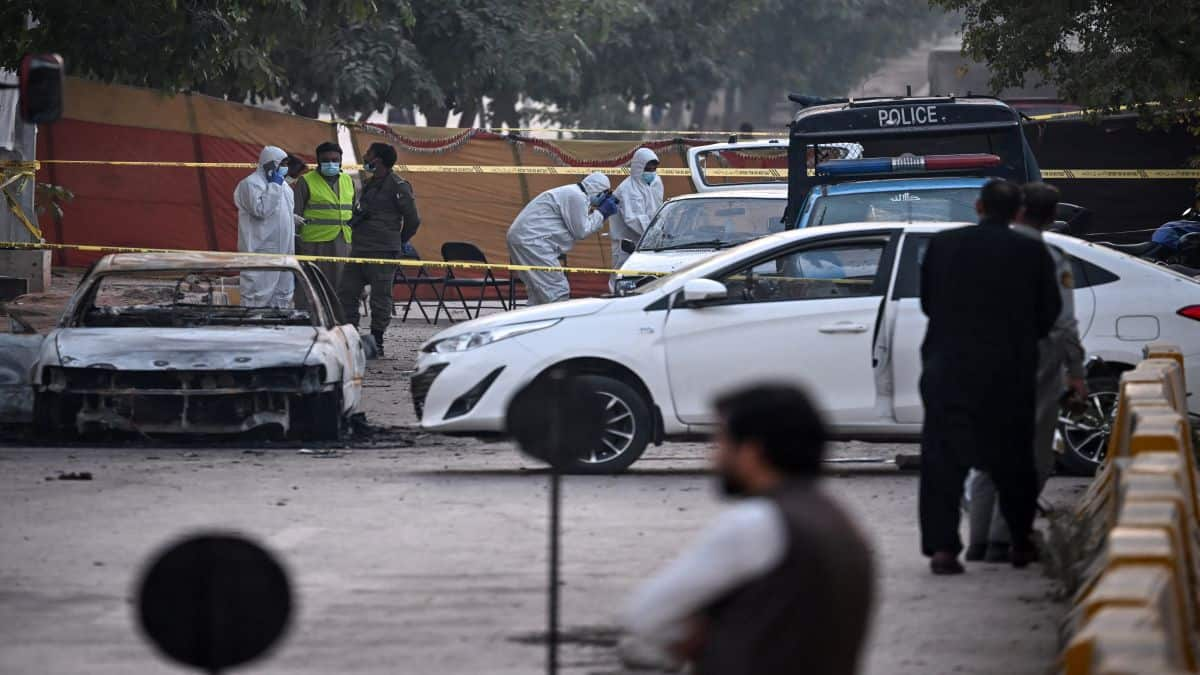
)
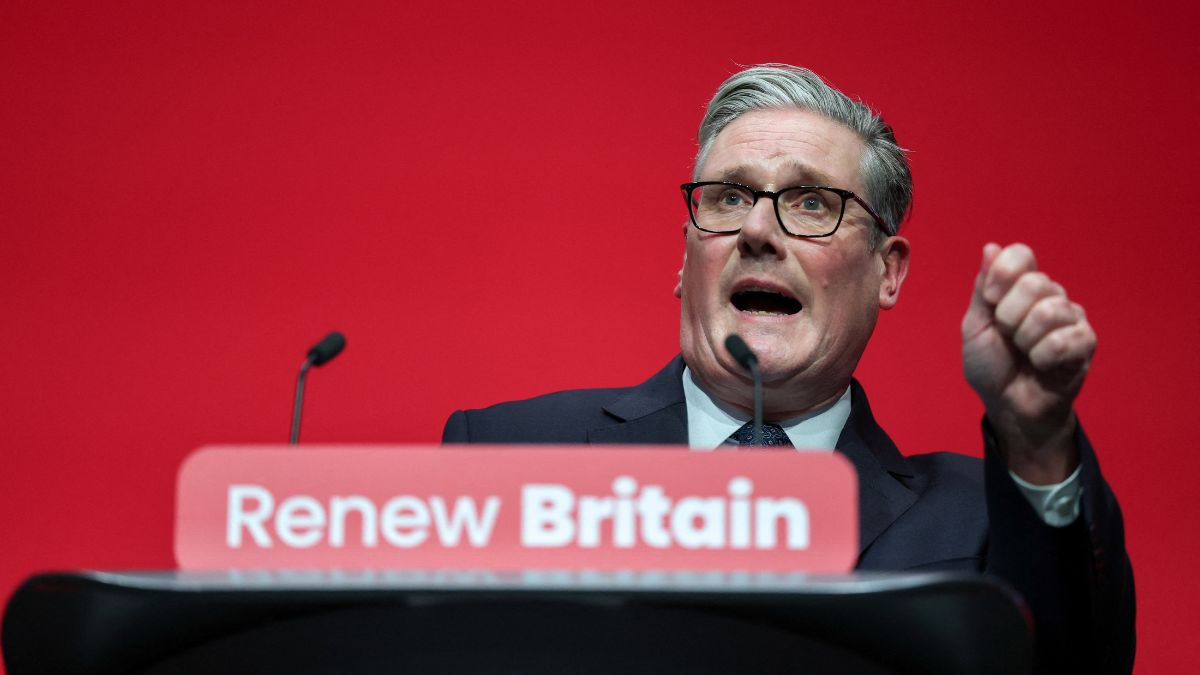)
)
)
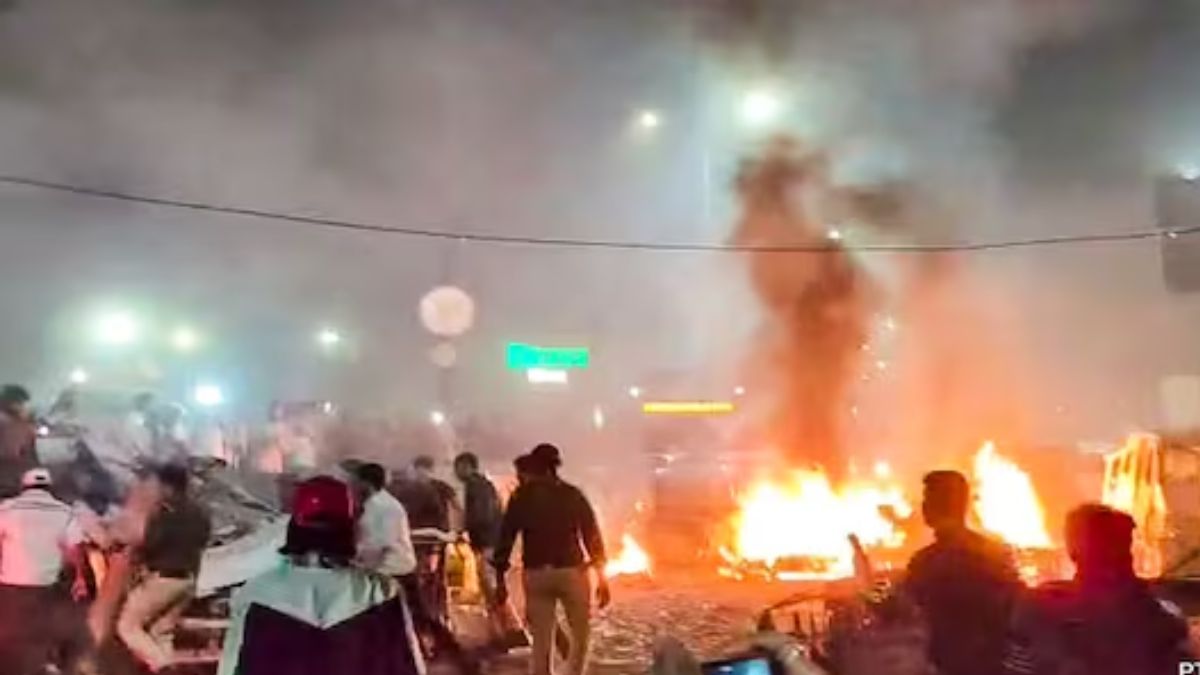)
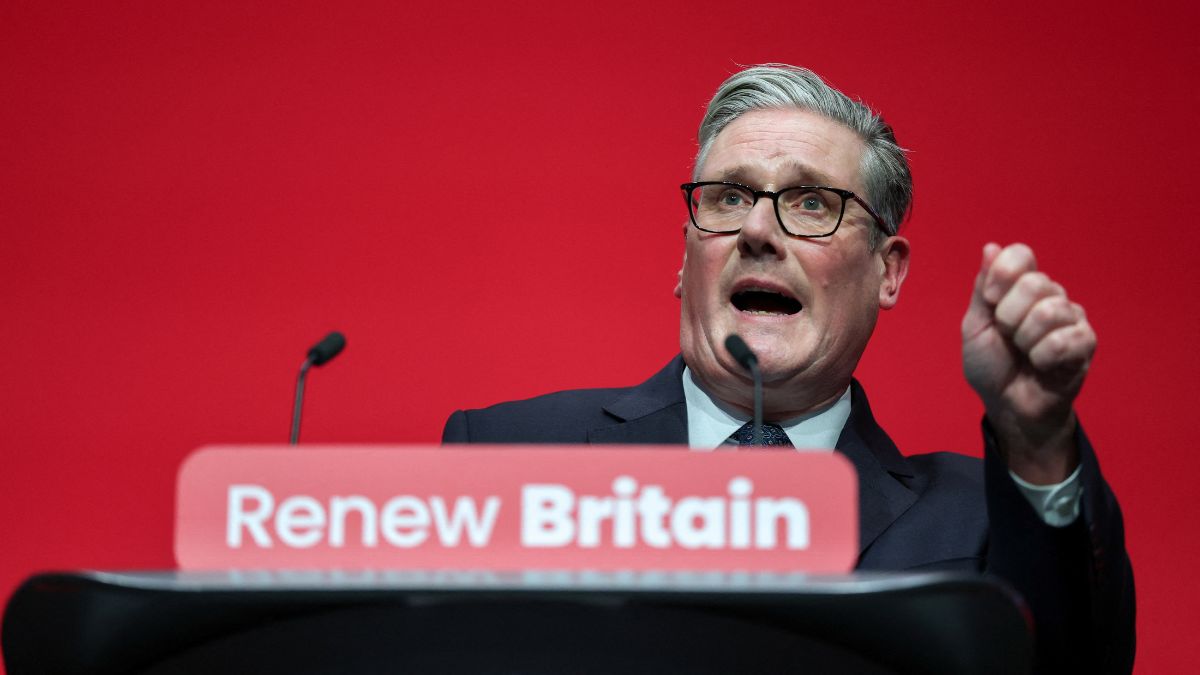)
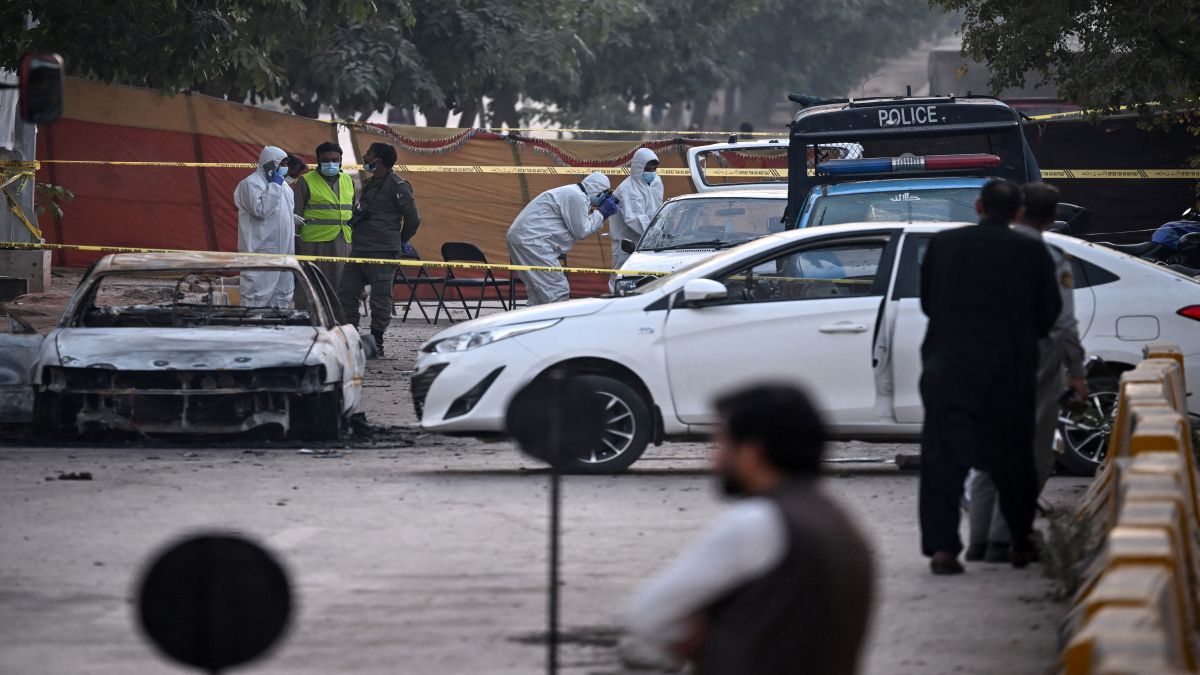)
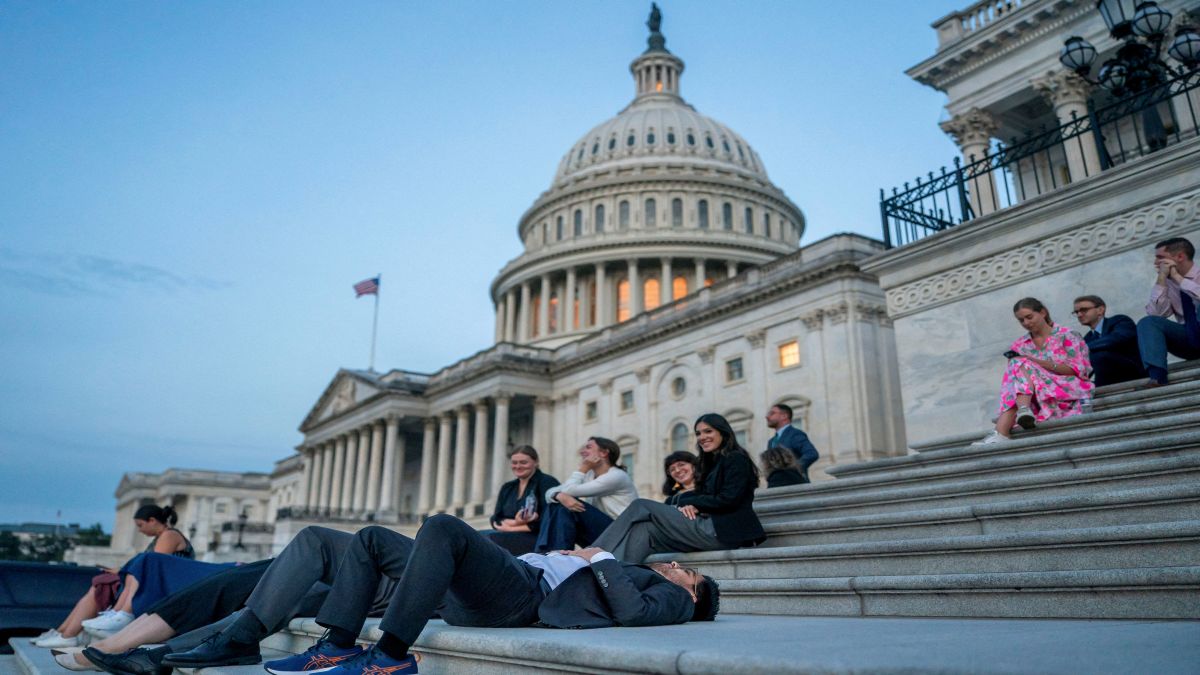)



